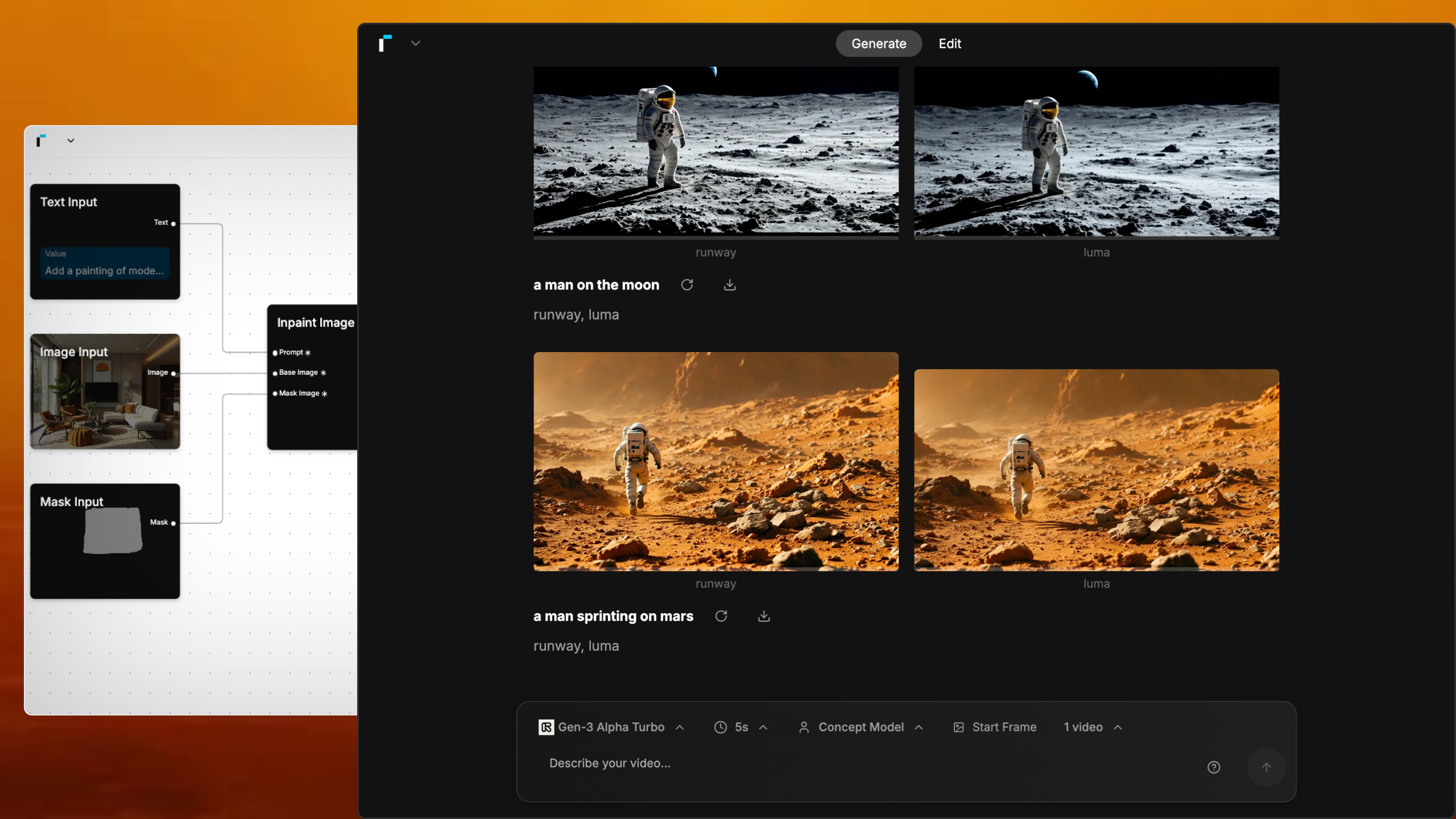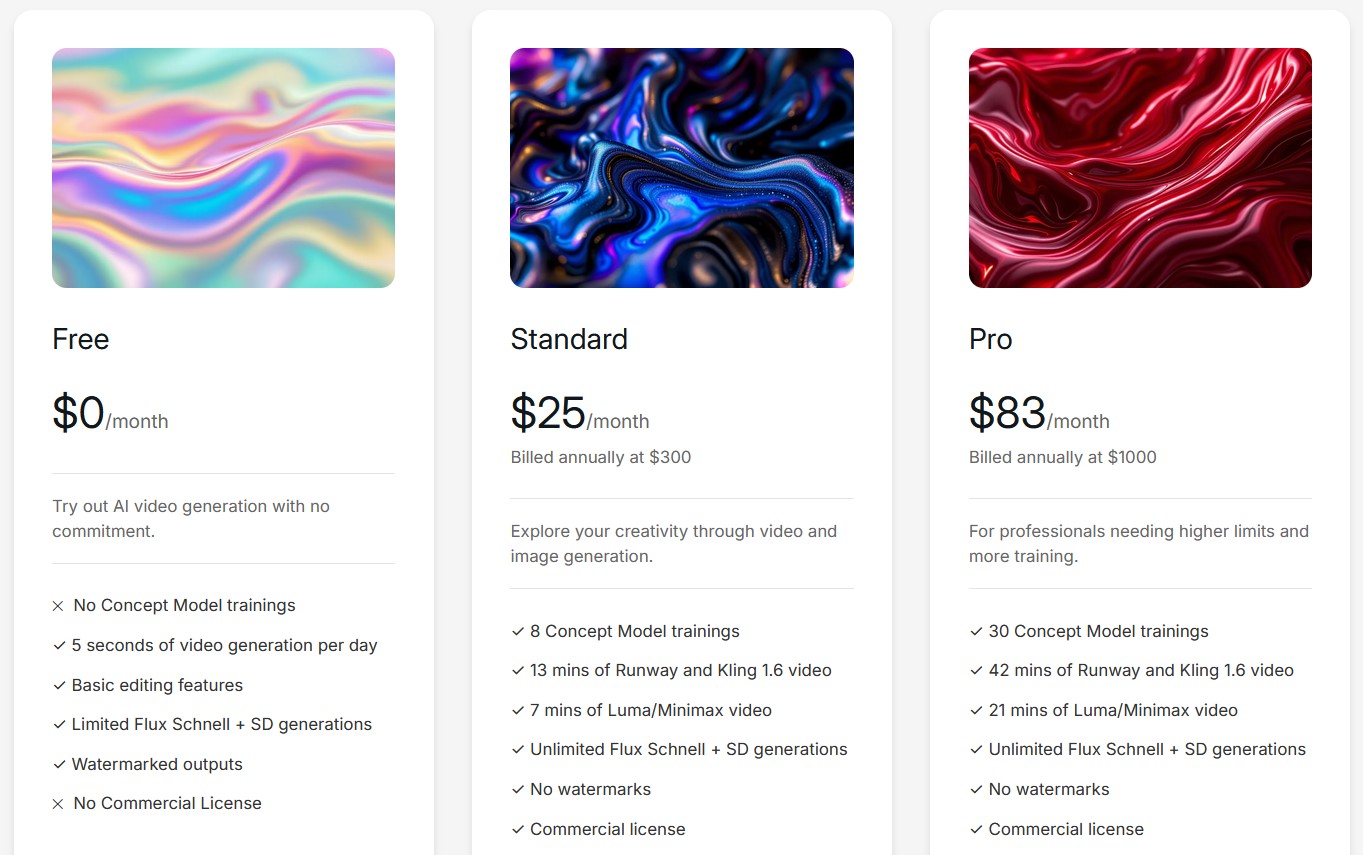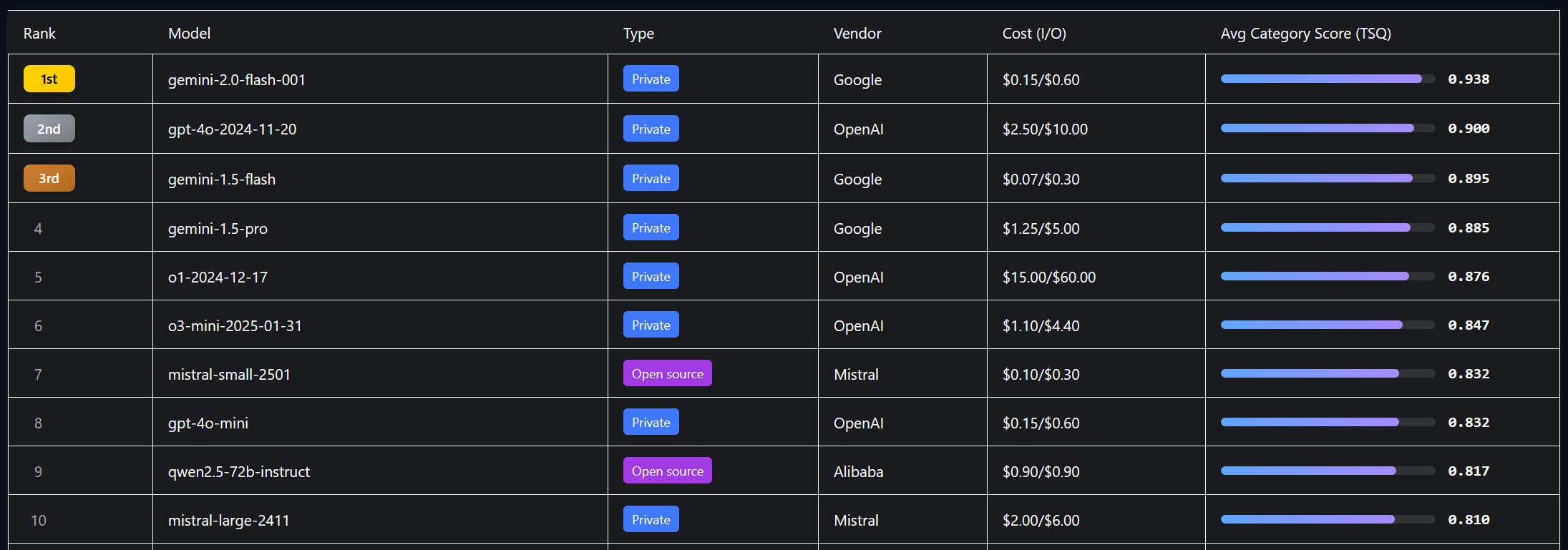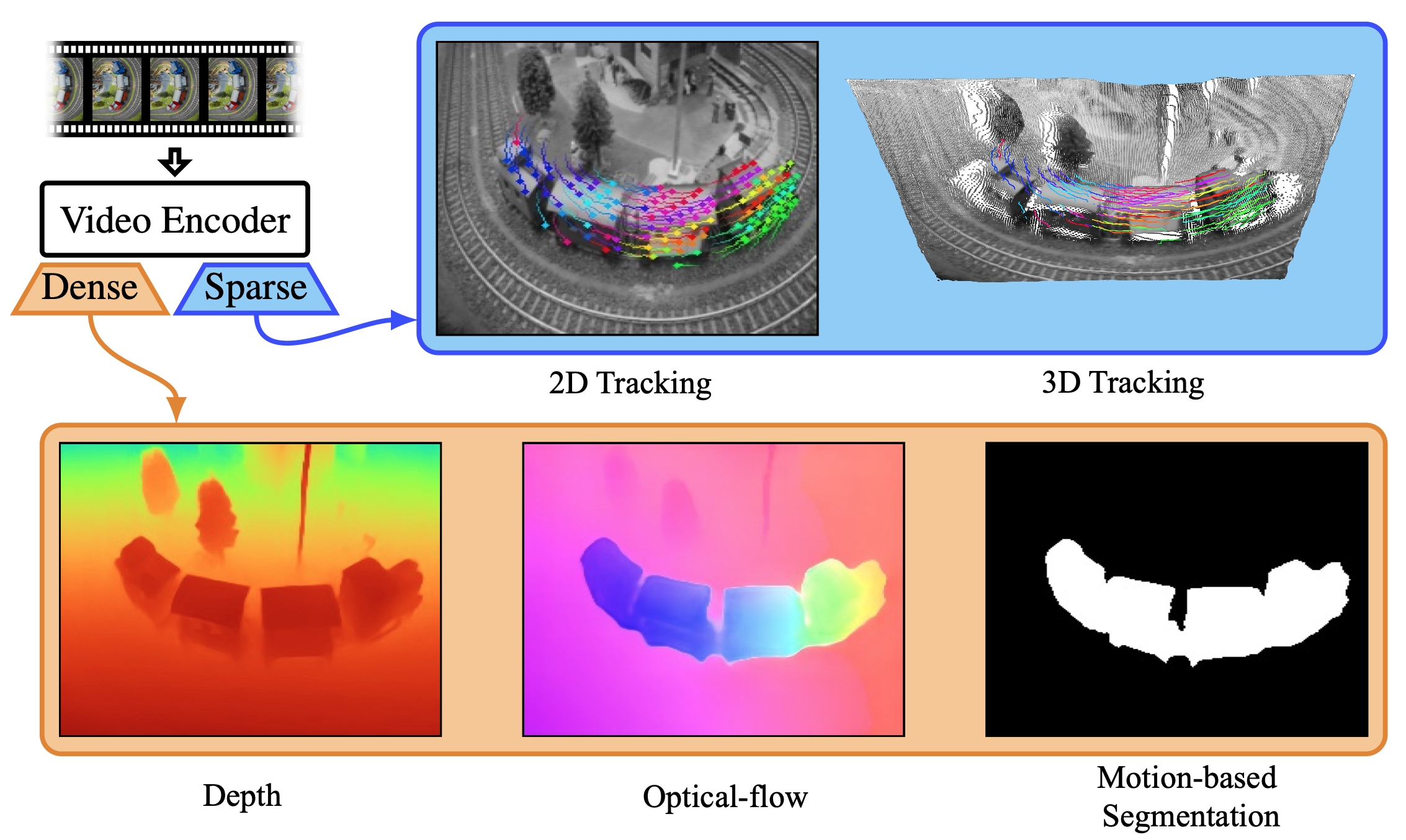BREAKING NEWS
LATEST POSTS
-
Moondream Gaze Detection – Open source code
This is convenient for captioning videos, understanding social dynamics, and for specific cases such as sports analytics, or detecting when drivers or operators are distracted.
https://huggingface.co/spaces/moondream/gaze-demo
https://moondream.ai/blog/announcing-gaze-detection
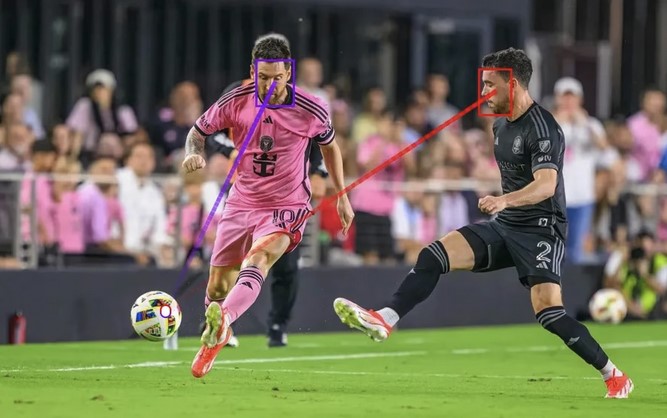
-
X-Dyna – Expressive Dynamic Human Image Animation
https://x-dyna.github.io/xdyna.github.io
A novel zero-shot, diffusion-based pipeline for animating a single human image using facial expressions and body movements derived from a driving video, that generates realistic, context-aware dynamics for both the subject and the surrounding environment.

-
Flex 1 Alpha – a pre-trained base 8 billion parameter rectified flow transformer
https://huggingface.co/ostris/Flex.1-alpha
Flex.1 started as the FLUX.1-schnell-training-adapter to make training LoRAs on FLUX.1-schnell possible.
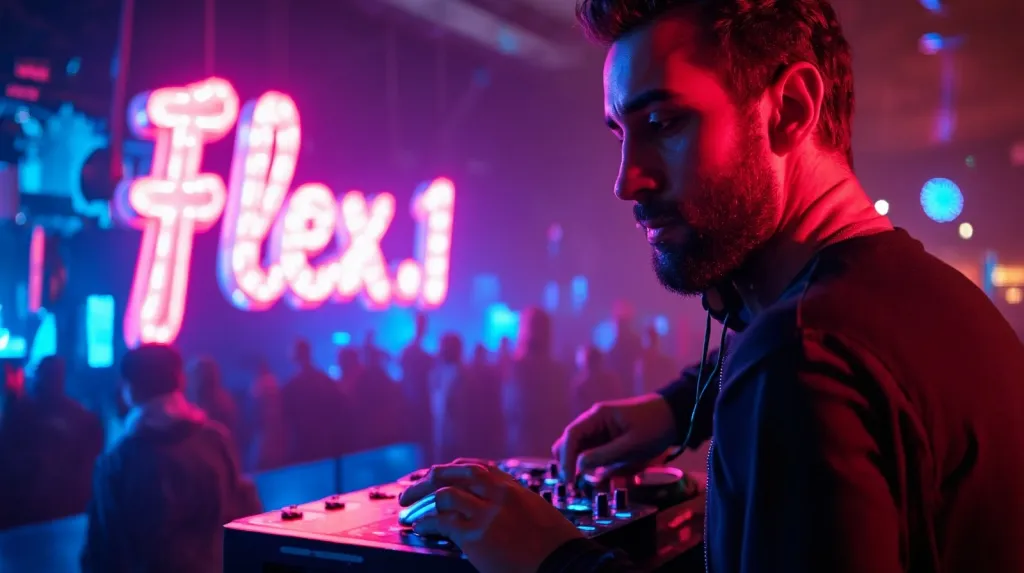
-
Generative Detail Enhancement for Physically Based Materials
https://arxiv.org/html/2502.13994v1
https://arxiv.org/pdf/2502.13994
A tool for enhancing the detail of physically based materials using an off-the-shelf diffusion model and inverse rendering.

-
Camera Metadata Toolkit (camdkit) for Virtual Production
https://github.com/SMPTE/ris-osvp-metadata-camdkit
Today
camdkitsupports mapping (or importing, if you will) of metadata from five popular digital cinema cameras into a canonical form; it also supports a mapping of the metadata defined in the F4 protocol used by tracking system components from Mo-Sys.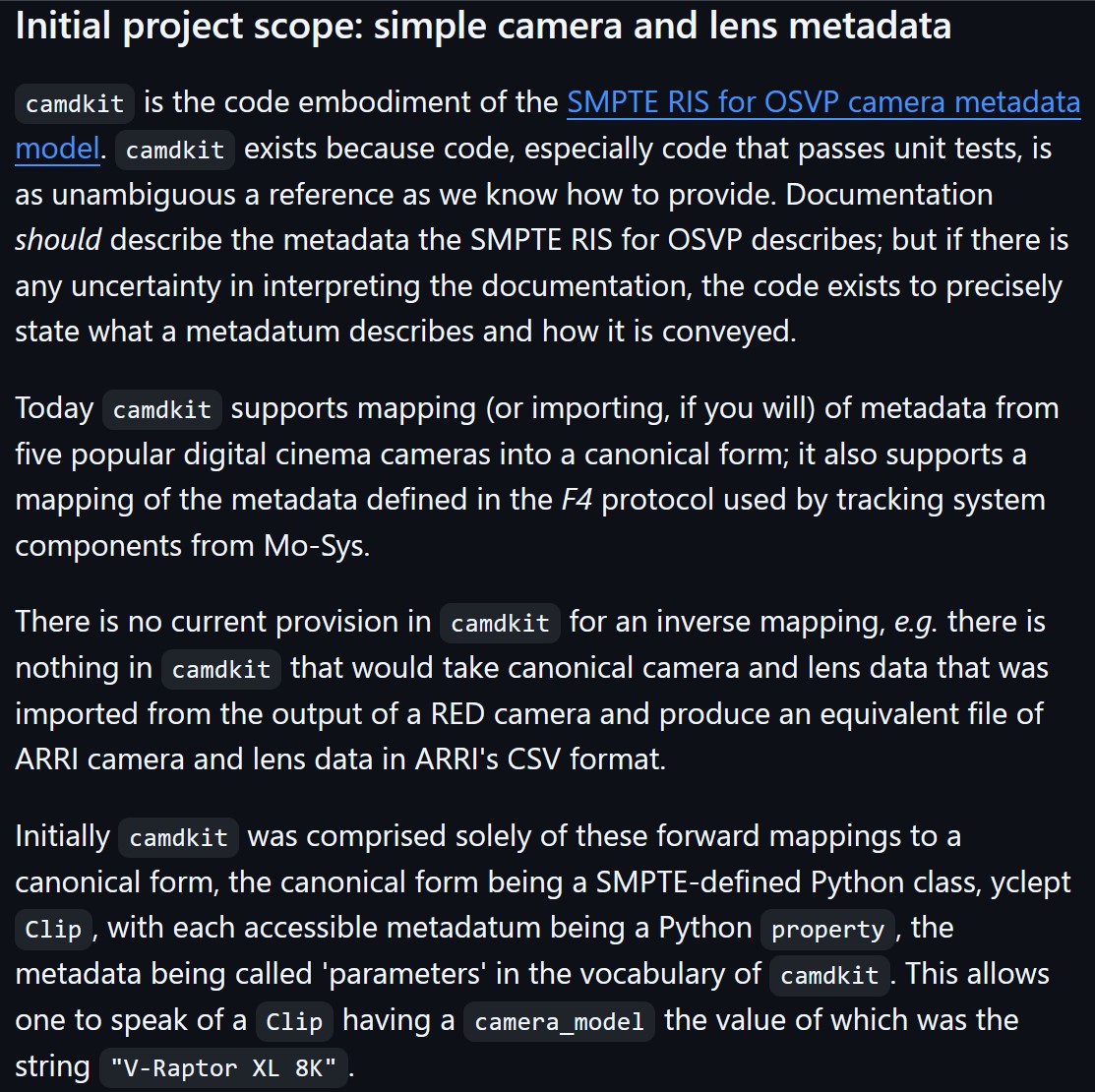
-
OpenTrackIO – free and open-source protocol designed to improve interoperability in Virtual Production
OpenTrackIO defines the schema of JSON samples that contain a wide range of metadata about the device, its transform(s), associated camera and lens. The full schema is given below and can be downloaded here.
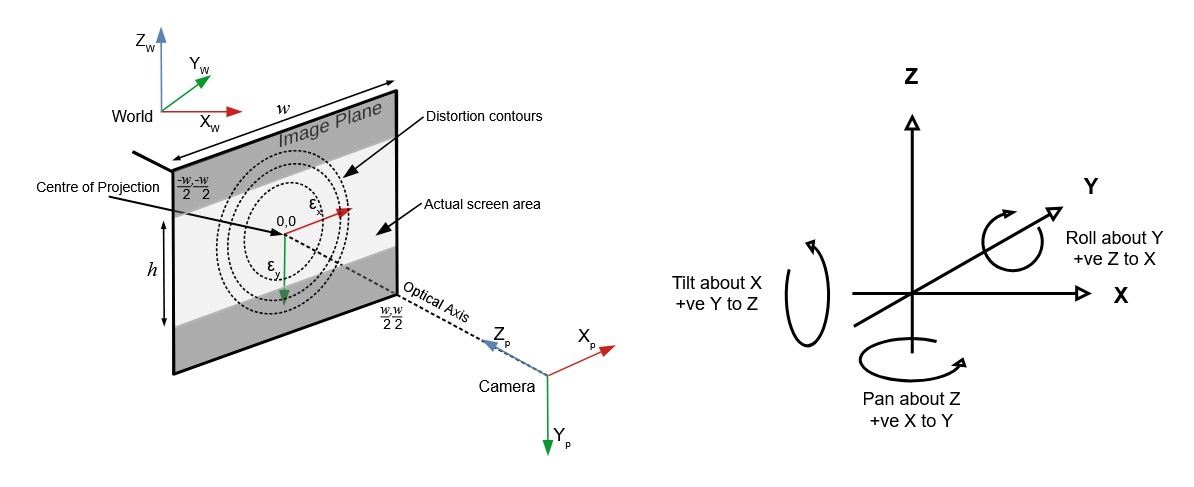
-
Martin Gent – Comparing current video AI models
https://www.linkedin.com/posts/martingent_imagineapp-veo2-kling-activity-7298979787962806272-n0Sn
🔹 𝗩𝗲𝗼 2 – After the legendary prompt adherence of Veo 2 T2V, I have to say I2V is a little disappointing, especially when it comes to camera moves. You often get those Sora-like jump-cuts too which can be annoying.
🔹 𝗞𝗹𝗶𝗻𝗴 1.6 Pro – Still the one to beat for I2V, both for image quality and prompt adherence. It’s also a lot cheaper than Veo 2. Generations can be slow, but are usually worth the wait.
🔹 𝗥𝘂𝗻𝘄𝗮𝘆 Gen 3 – Useful for certain shots, but overdue an update. The worst performer here by some margin. Bring on Gen 4!
🔹 𝗟𝘂𝗺𝗮 Ray 2 – I love the energy and inventiveness Ray 2 brings, but those came with some image quality issues. I want to test more with this model though for sure.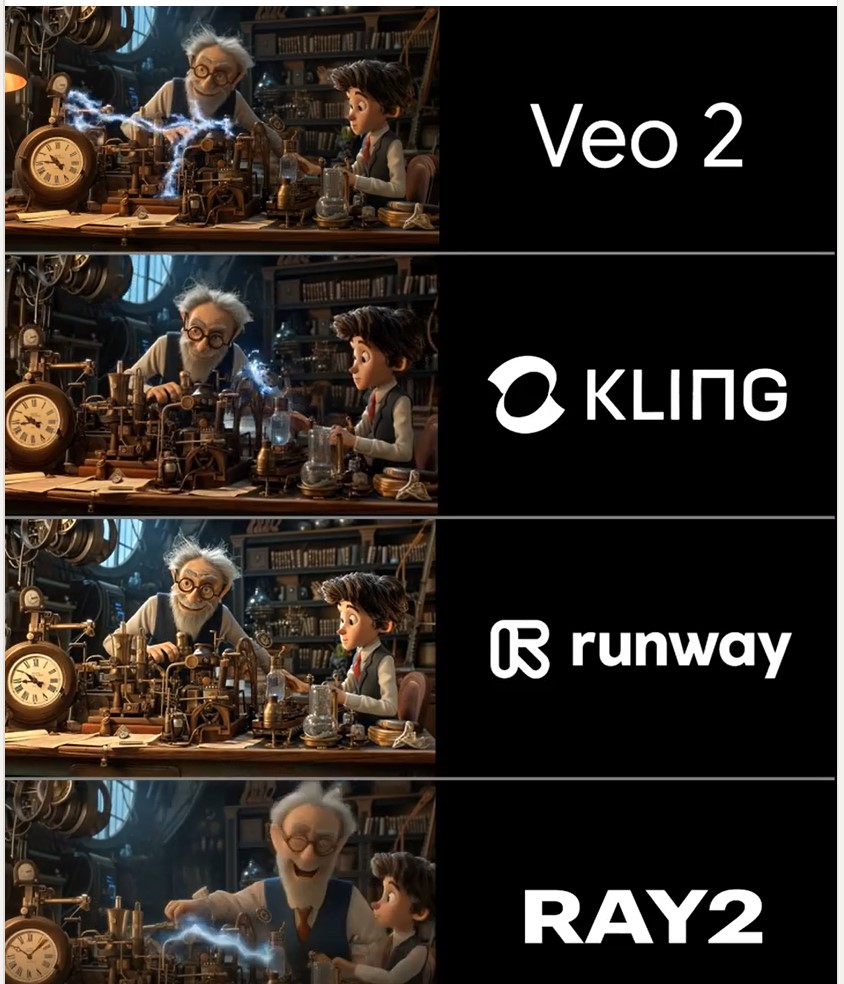
-
RigAnything – Template-Free Autoregressive Rigging for Diverse 3D Assets
https://www.liuisabella.com/RigAnything
RigAnything was developed through a collaboration between UC San Diego, Adobe Research, and Hillbot Inc. It addresses one of 3D animation’s most persistent challenges: automatic rigging.
- Template-Free Autoregressive Rigging. A transformer-based model that sequentially generates skeletons without predefined templates, enabling automatic rigging across diverse 3D assets through probabilistic joint prediction and skinning weight assignment.
- Support Arbitrary Input Pose. Generates high-quality skeletons for shapes in any pose through online joint pose augmentation during training, eliminating the common rest-pose requirement of existing methods and enabling broader real-world applications.
- Fast Rigging Speed. Achieves 20x faster performance than existing template-based methods, completing rigging in under 2 seconds per shape.
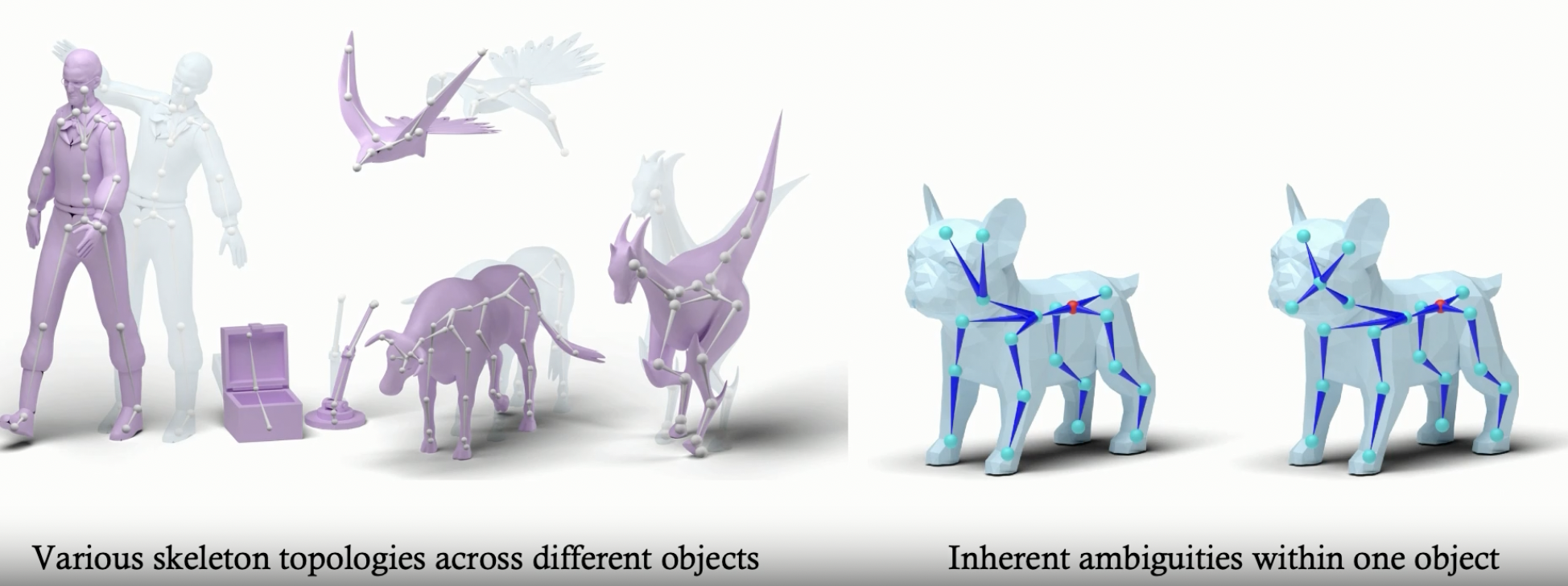
FEATURED POSTS
-
AI and the Law – CartoonBrew.com : Lionsgate signs deal with AI company Runway, hoping that AI can eliminate storyboard artists and VFX crews
The goal is to reduce costs by replacing traditional storyboard artists and VFX crews with AI-generated “cinematic video.” Lionsgate hopes to use this technology for both pre- and post-production processes. While the company promotes the cost-saving potential, the creative community has raised concerns, as Runway is currently facing a lawsuit over copyright infringement.
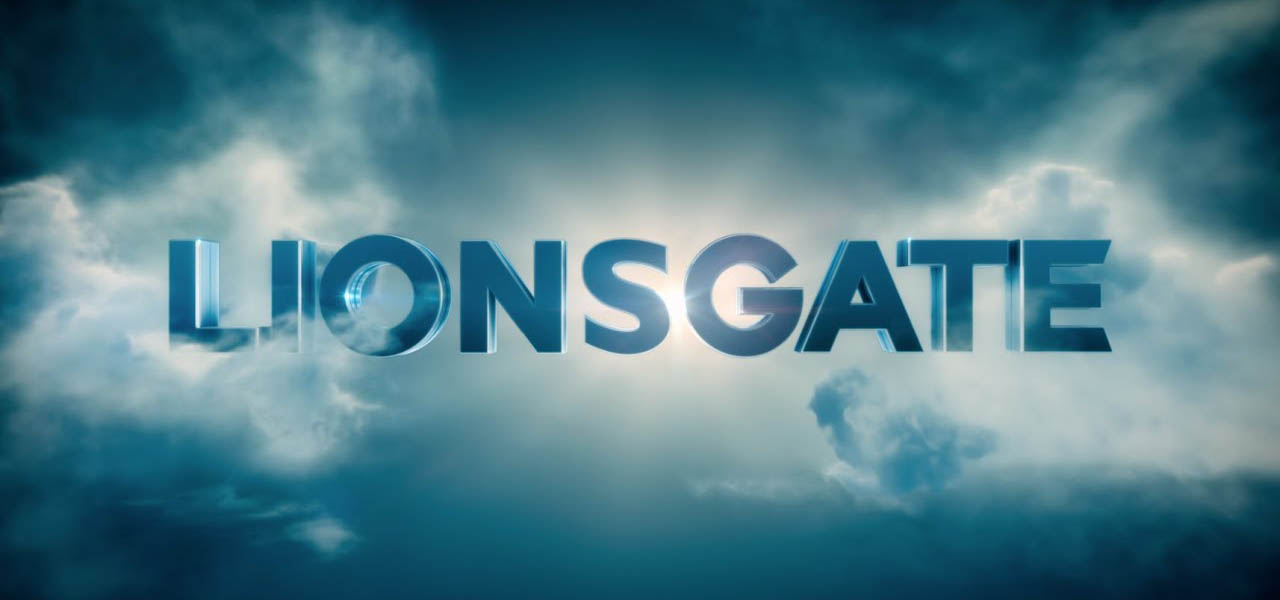
-
Google – Artificial Intelligence free courses
1. Introduction to Large Language Models: Learn about the use cases and how to enhance the performance of large language models.
https://www.cloudskillsboost.google/course_templates/5392. Introduction to Generative AI: Discover the differences between Generative AI and traditional machine learning methods.
https://www.cloudskillsboost.google/course_templates/5363. Generative AI Fundamentals: Earn a skill badge by demonstrating your understanding of foundational concepts in Generative AI.
https://www.cloudskillsboost.google/paths4. Introduction to Responsible AI: Learn about the importance of Responsible AI and how Google implements it in its products.
https://www.cloudskillsboost.google/course_templates/5545. Encoder-Decoder Architecture: Learn about the encoder-decoder architecture, a critical component of machine learning for sequence-to-sequence tasks.
https://www.cloudskillsboost.google/course_templates/5436. Introduction to Image Generation: Discover diffusion models, a promising family of machine learning models in the image generation space.
https://www.cloudskillsboost.google/course_templates/5417. Transformer Models and BERT Model: Get a comprehensive introduction to the Transformer architecture and the Bidirectional Encoder Representations from the Transformers (BERT) model.
https://www.cloudskillsboost.google/course_templates/5388. Attention Mechanism: Learn about the attention mechanism, which allows neural networks to focus on specific parts of an input sequence.
https://www.cloudskillsboost.google/course_templates/537
-
What the Boeing 737 MAX’s crashes can teach us about production business – the effects of commoditisation
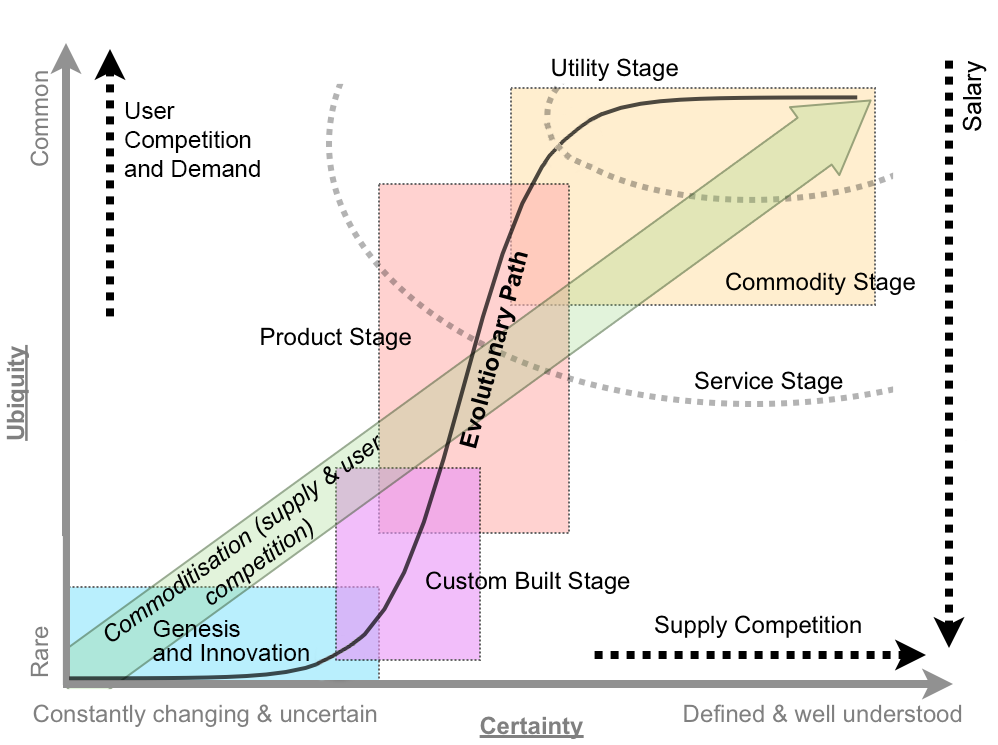
Airplane manufacturing is no different from mortgage lending or insulin distribution or make-believe blood analyzing software (or VFX?) —another cash cow for the one percent, bound inexorably for the slaughterhouse.
The beginning of the end was “Boeing’s 1997 acquisition of McDonnell Douglas, a dysfunctional firm with a dilapidated aircraft plant in Long Beach and a CEO (Harry Stonecipher) who liked to use what he called the “Hollywood model” for dealing with engineers: Hire them for a few months when project deadlines are nigh, fire them when you need to make numbers.” And all that came with it. “Stonecipher’s team had driven the last nail in the coffin of McDonnell’s flailing commercial jet business by trying to outsource everything but design, final assembly, and flight testing and sales.”
It is understood, now more than ever, that capitalism does half-assed things like that, especially in concert with computer software and oblivious regulators.
There was something unsettlingly familiar when the world first learned of MCAS in November, about two weeks after the system’s unthinkable stupidity drove the two-month-old plane and all 189 people on it to a horrific death. It smacked of the sort of screwup a 23-year-old intern might have made—and indeed, much of the software on the MAX had been engineered by recent grads of Indian software-coding academies making as little as $9 an hour, part of Boeing management’s endless war on the unions that once represented more than half its employees.
Down in South Carolina, a nonunion Boeing assembly line that opened in 2011 had for years churned out scores of whistle-blower complaints and wrongful termination lawsuits packed with scenes wherein quality-control documents were regularly forged, employees who enforced standards were sabotaged, and planes were routinely delivered to airlines with loose screws, scratched windows, and random debris everywhere.
Shockingly, another piece of the quality failure is Boeing securing investments from all airliners, starting with SouthWest above all, to guarantee Boeing’s production lines support in exchange for fair market prices and favorite treatments. Basically giving Boeing financial stability independently on the quality of their product. “Those partnerships were but one numbers-smoothing mechanism in a diversified tool kit Boeing had assembled over the previous generation for making its complex and volatile business more palatable to Wall Street.”
-
RawTherapee – a free, open source, cross-platform raw image and HDRi processing program
5.10 of this tool includes excellent tools to clean up cr2 and cr3 used on set to support HDRI processing.
Converting raw to AcesCG 32 bit tiffs with metadata.





